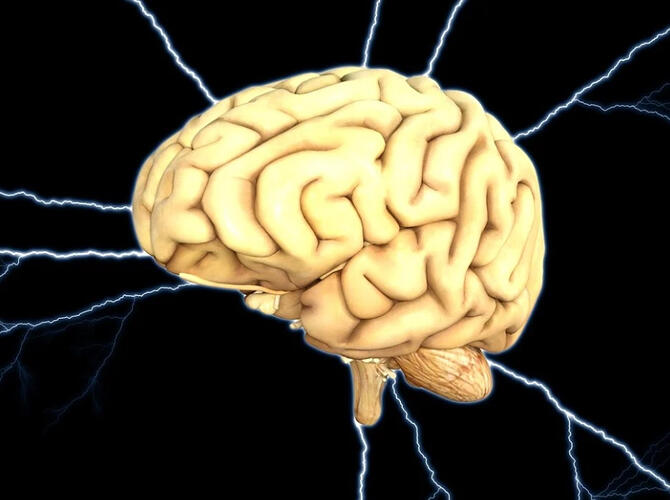A joint research group led by Takafumi Minamimoto of the Quantum Life and Medical Science Directorate at the National Institutes for Quantum Science and Technology, visiting researcher Naohisa Miyakawa, Associate Professor Keisuke Kawasaki of Niigata University, Professor Masahiko Takada and Assistant Professor Ken‐ichi Inoue of Kyoto University, Takeshi Matsuo, Chief Physician of Tokyo Metropolitan Neurological Hospital, and Takafumi Suzuki, Director of the National Institute of Information and Communications Technology, has successfully developed an on‐demand therapy that suppresses neural activity only when epileptic symptoms occur, and has successfully demonstrated its efficacy in a monkey model. "We want to conduct research with the aim of applying clinical treatment within 10 years," says Minamimoto, leader of the research group. Their research was published in Nature Communications.

Epilepsy is a serious disease in which abnormal excitation of local neurons propagates over a wide area of the brain, causing seizures such as convulsion and loss of consciousness. It is treated with drugs or surgery if the medication is not sufficiently effective. However, surgery interferes with normal brain function in some cases, so there is a need for an on‐demand treatment for epileptic focus only, which activates only to suppress abnormal activity when a seizure occurs.
The research group studied the therapeutic effects of epileptic seizures in an epileptic monkey model using a technique known as chemogenetics, in which neural activity is manipulated by designer receptors, which were introduced by genetic engineering, and with a designer drug exclusively activated by the receptors.
The researchers diagnosed the monkey's primary motor cortex as a provisional epileptic focus and induced abnormal excitation with drugs, which widely transmitted activity to the brain and caused generalized epilepsy. By introducing designer receptors into the neurons in this region and administering QST's own designer drug deschloroclozapine (DCZ) at the onset of drug‐induced epilepsy, they confirmed that the brain waves and symptoms of epilepsy were suppressed in just a few minutes.
Until now, the therapeutic application of chemogenetic technologies to brain diseases has been limited to research on small animals such as mice, but the fact that it proved to be effective in monkeys, which are primates like humans and have large, highly developed brains, is a significant step towards its future clinical application.
Journal Information
Publication: Nature Communications
Title: Chemogenetic attenuation of cortical seizures in nonhuman primates
DOI: 10.1038/s41467‐023‐36642‐6
This article has been translated by JST with permission from The Science News Ltd. (https://sci-news.co.jp/). Unauthorized reproduction of the article and photographs is prohibited.




